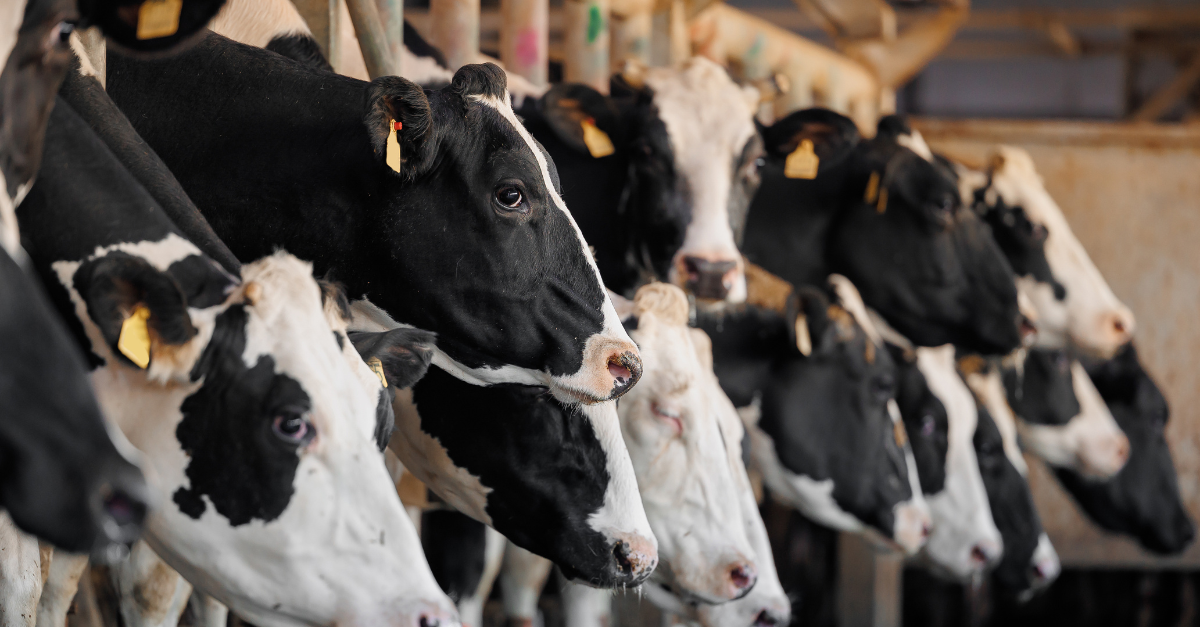The global dairy industry faces unprecedented challenges as multiple market-shifting events converge this week. The United States’ announcement of widespread import tariffs, ongoing foot-and-mouth disease (FMD) cases in Europe, and significant supply imbalances are creating a volatile trading environment that may reshape dairy trade patterns for months to come.
US tariffs trigger global uncertainty
Wednesday’s announcement by the United States of a minimum 10% tariff on all imported products—dubbed domestically as “Liberation Day”—has sent shockwaves through international markets. New Zealand dairy exporters face a relatively mild 10% tariff compared to steeper rates for other countries, potentially giving them a competitive advantage in the valuable US market.
China has already retaliated with a matching 34% import tariff on all US products, effectively creating a 54% barrier for US dairy entering the Chinese market. This development positions European and Oceanian suppliers as likely primary sources for Chinese dairy imports in the near term.
FMD concerns escalate in Europe
Simultaneously, foot-and-mouth disease continues spreading across parts of Europe, with nine confirmed cases between Hungary and Slovakia. Austria has taken dramatic preventive measures, announcing the closure of 24 border crossings with Hungary and Slovakia beginning Saturday.
The geographical spread of these cases creates significant concerns for dairy supply chains throughout the region, with importing countries now carefully weighing the risks associated with European dairy products.
US dairy production surges
Against this backdrop of trade disruptions, US milk production has reached levels not seen since May 2023. According to market analysts, both herd sizes and component levels have increased, creating abundant domestic supply precisely when export opportunities may be constrained by retaliatory tariffs.
February export data shows mixed signals
Recent export figures from February revealed:
- US butter exports increased 124.88% year-over-year, reaching 11.5 million pounds
- Cheese exports gained 3.55% compared to last year
- Dry whey posted a modest 1.01% increase
- NFDM (non-fat dry milk) exports decreased 28.24%
Prior to the new tariffs, US cheese had been gaining market share in Asia due to significant price advantages, trading at approximately $0.60/lb less than European and Oceanian alternatives.
Market outlook remains fluid
Industry response to these developments has been measured but cautious. When surveyed, approximately one-third of market participants expected immediate retaliatory measures from trading partners, while 63% anticipated negotiations before further escalation.
Asian importers, representing the largest dairy buying region globally, now face difficult sourcing decisions between:
- Oceania, where supply is seasonally declining
- Europe, where FMD concerns create uncertainty
- United States, where potential retaliatory measures create risks
Access comprehensive analysis
For a detailed examination of European FMD implications, potential tariff scenarios, and strategic recommendations for navigating these market challenges, access our complete market analysis here: https://app.vespertool.com/market-analysis/1838
